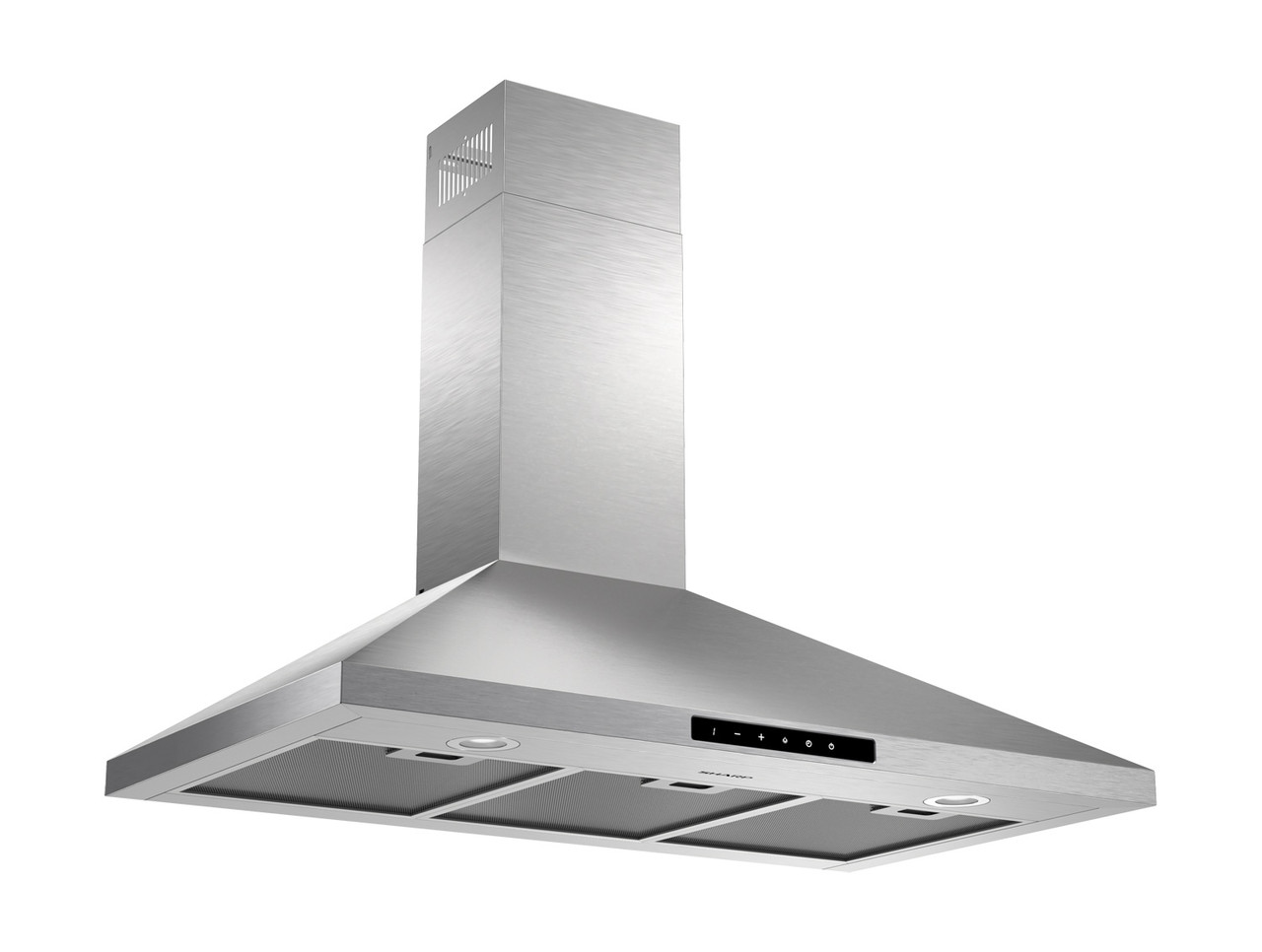

Articles
What Is A Chimney Hood
Modified: February 29, 2024
Discover the benefits and functionality of a chimney hood with our informative articles. Enhance your kitchen ventilation and create a stylish focal point.
(Many of the links in this article redirect to a specific reviewed product. Your purchase of these products through affiliate links helps to generate commission for Storables.com, at no extra cost. Learn more)
Introduction
A chimney hood, also known as a range hood or extractor hood, is an essential appliance found in many kitchens. It is designed to remove airborne pollutants, odors, smoke, and excess heat generated during cooking. This not only helps to keep the kitchen environment clean and odor-free but also ensures the well-being of those inside the space.
Chimney hoods have become an integral part of every modern kitchen due to their functional and aesthetic benefits. They come in a variety of styles, sizes, and materials, allowing homeowners to choose the one that best suits their kitchen design and cooking needs. Understanding what a chimney hood is and how it works can help you make an informed decision when selecting the right one for your home.
In this article, we will delve into the definition, function, components, types, benefits, installation, maintenance, and common issues associated with chimney hoods.
Key Takeaways:
- A chimney hood is a kitchen essential that removes pollutants, odors, and heat, creating a clean and comfortable cooking environment. Understanding its components, functions, and benefits is crucial for informed decision-making.
- Proper installation and maintenance of a chimney hood are essential for optimal performance. Regular cleaning, filter replacement, and addressing common issues ensure a healthier and more enjoyable cooking experience.
Read more: How To Cut Range Hood Chimney
Definition of a Chimney Hood
A chimney hood, as the name suggests, is a kitchen appliance that is installed above the cooking range or stove, with a vent that extends upwards like a chimney. It is primarily used to remove smoke, steam, grease particles, and cooking odors from the air in the kitchen.
The chimney hood consists of a canopy or hood that is positioned directly above the cooking area. It is typically made of stainless steel, glass, or a combination of both, providing a sleek and stylish look to the kitchen. The hood is equipped with a fan or blower that draws in the airborne pollutants and then expels them outside the kitchen through a duct system.
One of the key components of a chimney hood is the grease filter, also known as a mesh filter or baffle filter. This filter traps grease particles and prevents them from entering the ductwork and clogging the system. Some advanced chimney hoods also have carbon filters or charcoal filters to remove odors and purify the air in the kitchen.
Chimney hoods can be either ducted or ductless. Ducted chimney hoods are connected to an external venting system that expels the air outside the building. This type of chimney hood is more effective in removing pollutants and provides better ventilation. On the other hand, ductless chimney hoods use charcoal filters to clean the air before recirculating it back into the kitchen. While they are easier to install and suitable for apartments or spaces without access to external vents, they are not as efficient as ducted hoods.
Overall, a chimney hood is an indispensable appliance for any kitchen. It not only helps to maintain a clean and odor-free cooking environment but also plays a crucial role in improving indoor air quality and reducing the risk of respiratory issues caused by cooking fumes.
Function of a Chimney Hood
The primary function of a chimney hood is to improve the air quality in the kitchen by removing smoke, odors, grease particles, and excessive heat generated during cooking. It achieves this through a combination of ventilation and filtration mechanisms.
When you cook, especially when using high heat or frying methods, smoke and steam are produced along with tiny grease particles that can become suspended in the air. These airborne particles not only leave an unpleasant odor but can also create a sticky film on surfaces, cabinets, and walls. The chimney hood uses its powerful fan or blower to capture the smoke and steam, preventing them from spreading throughout the kitchen.
The captured air is then directed through the filters present in the hood. The grease filters, usually made of aluminum or stainless steel mesh, catch and trap the grease particles, preventing them from entering the exhaust system and causing clogs. Some advanced chimney hoods may also have additional filters, such as carbon filters, that help neutralize odors and purify the air.
Once the air has passed through the filters, the clean, filtered air is either expelled outside through a duct system in the case of ducted chimney hoods, or recirculated back into the kitchen after passing through the charcoal filters in ductless chimney hoods.
In addition to improving air quality, a chimney hood also helps to regulate the temperature in the kitchen. When you cook, especially for an extended period, the heat can quickly build up, making the kitchen uncomfortable and potentially affecting other appliances. The chimney hood’s ventilation system effectively removes the excess heat, maintaining a more comfortable cooking environment.
Another important function of a chimney hood is to protect the kitchen surfaces and cabinets from grease buildup. The airborne grease particles, if left unfiltered, can settle on surfaces, forming a sticky residue that is difficult to clean. The hood captures these particles, preventing them from accumulating on surfaces and making regular cleaning easier.
In summary, the function of a chimney hood is to improve air quality, remove smoke and odors, filter out grease particles, regulate temperature, and provide protection against grease buildup. By performing these functions effectively, chimney hoods create a healthier and more pleasant cooking environment.
Components of a Chimney Hood
A chimney hood consists of several key components that work together to effectively remove smoke, odors, grease particles, and heat from the kitchen environment. Understanding these components can help you better understand how the hood functions and how to maintain it.
- Hood or Canopy: The hood or canopy is the visible outer shell of the chimney hood. It is typically made of stainless steel, glass, or a combination of both, providing a sleek and stylish appearance. The hood is designed to be positioned directly above the cooking area, capturing and containing the smoke and fumes.
- Fan or Blower: The fan or blower is the heart of the chimney hood. It creates a powerful suction that draws in the airborne pollutants and directs them towards the filters. The fan can have multiple speed settings, allowing you to adjust the ventilation power according to your cooking needs.
- Filters: Filters play a crucial role in trapping and removing grease particles, odors, and other impurities from the air. The most common type of filter found in chimney hoods is the grease filter, which is usually made of aluminum or stainless steel mesh. This filter captures the grease particles and prevents them from entering the exhaust system. Some advanced chimney hoods may also have carbon filters or charcoal filters to further purify the air and neutralize odors.
- Duct System: In ducted chimney hoods, a duct system is used to direct the filtered air outside the building. The ducts are connected to the hood and lead to an external vent or chimney, allowing the polluted air to be expelled outdoors. The duct system is crucial for proper ventilation and maintaining optimal air quality in the kitchen.
- Controls: The control panel of the chimney hood allows you to operate the fan, adjust the speed settings, and control additional features. Modern chimney hoods often have touch controls or push-buttons for easy operation and a sleek appearance.
- Lighting: Many chimney hoods come with built-in lighting to illuminate the cooking area. This lighting not only enhances visibility but also adds a stylish and functional element to the kitchen. LED lights are commonly used due to their energy efficiency and long lifespan.
- Chimney Extension: Some chimney hoods have adjustable chimney extensions that allow for proper fitting and installation in kitchens with high ceilings. These extensions can be adjusted to match the height of the kitchen ceiling, ensuring optimal performance and aesthetics.
Knowing and maintaining these components is crucial for the efficient operation and longevity of your chimney hood. Regular cleaning and filter replacement are necessary to ensure proper airflow and elimination of pollutants in the kitchen.
Types of Chimney Hoods
Chimney hoods come in various types, allowing you to choose the one that best suits your kitchen design, ventilation needs, and cooking preferences. Each type has its own set of features and benefits. Let’s explore the most common types of chimney hoods:
- Wall-Mounted Chimney Hoods: Wall-mounted chimney hoods are the most popular and commonly used type. As the name suggests, they are mounted directly onto the wall above the cooking range or stove. These hoods are efficient at capturing and removing smoke and odors, and they come in a variety of sizes and styles to fit different kitchen layouts.
- Island Chimney Hoods: Island chimney hoods are specifically designed for kitchens with an island cooking area. They are suspended from the ceiling, directly above the island, and provide ventilation and filtration for cooking activities. Island chimney hoods require professional installation to ensure proper support and venting.
- Under-Cabinet Chimney Hoods: Under-cabinet chimney hoods are installed underneath kitchen cabinets, making them an ideal choice for small kitchens or spaces with limited vertical clearance. These hoods are compact and space-saving, yet they effectively remove smoke, grease particles, and odors from the cooking area.
- Insert Chimney Hoods: Insert chimney hoods, also known as built-in chimney hoods, are integrated into a custom cabinetry design. They offer a seamless and integrated look, as they are hidden within the cabinetry and only the front panel or hood canopy is visible. These hoods provide excellent ventilation while maintaining a sleek and cohesive kitchen design.
- Downdraft Chimney Hoods: Downdraft chimney hoods are a unique type of chimney hood. Instead of being mounted above the cooking area, they are installed behind the cooktop or range. When in use, these hoods rise vertically from the countertop to capture smoke and steam. Downdraft chimney hoods are ideal for kitchens with open floor plans or where traditional venting options are not feasible.
When choosing a chimney hood type, consider factors such as the layout and size of your kitchen, the location of your cooktop or range, and your personal style preferences. It’s also important to ensure that the hood is compatible with your ventilation system and that it meets your cooking needs in terms of performance, noise level, and ease of use.
When choosing a chimney hood, consider the size of your cooktop or range to ensure proper coverage. Look for a model with adjustable fan speeds for versatile ventilation.
Read also: 9 Amazing Wall-Chimney Range Hoods For 2024
Benefits of Using a Chimney Hood
A chimney hood is a valuable addition to any kitchen. Not only does it enhance the aesthetics of the space, but it also provides numerous practical benefits. Let’s take a closer look at the advantages of using a chimney hood:
- Improved Air Quality: One of the primary benefits of a chimney hood is its ability to improve indoor air quality. It effectively captures and removes airborne pollutants, such as smoke, cooking fumes, grease particles, and odors, keeping the kitchen environment clean and fresh.
- Smoke and Odor Elimination: Cooking can sometimes create a lot of smoke, especially when frying or grilling. A chimney hood efficiently eliminates smoke and prevents it from spreading throughout the kitchen and the rest of the house. Additionally, it helps to remove cooking odors, ensuring that your kitchen smells pleasant during and after cooking.
- Grease Particle Removal: Grease particles released during cooking can settle on various surfaces in the kitchen, leading to a sticky residue that is difficult to clean. A chimney hood with grease filters captures these particles and prevents them from settling on countertops, cabinets, and walls, making cleaning easier and keeping your kitchen looking pristine.
- Reduced Heat Buildup: Cooking generates heat, which can quickly build up in the kitchen and make it uncomfortable. A chimney hood effectively removes excess heat, improving the overall comfort level while you cook. This is especially beneficial during long cooking sessions or during hot summer months.
- Protection Against Ventilation Problems: Without proper ventilation, moisture and cooking byproducts can accumulate, leading to mold growth and damage to your kitchen surfaces. A chimney hood helps prevent these issues by providing proper ventilation, keeping your kitchen dry and free from potential damage.
- Enhanced Safety: A chimney hood helps to improve safety in the kitchen by capturing and removing potentially harmful substances, such as carbon monoxide and other gases, produced during cooking. This promotes a healthier and safer cooking environment for you and your family.
- Aesthetic Appeal: Chimney hoods are available in various designs, materials, and finishes, allowing you to choose one that complements your kitchen décor. Whether you prefer a sleek stainless steel hood or a stylish glass canopy, a chimney hood adds a touch of sophistication and modernity to your kitchen.
- Easier Cleaning: Chimney hoods with removable filters make cleaning a breeze. The grease filters can be easily taken out and cleaned or replaced, ensuring optimal performance and maintaining the efficiency of the hood. This saves you the hassle of dealing with difficult-to-clean surfaces and ensures that your chimney hood continues to function effectively.
These benefits make a chimney hood an essential appliance for any kitchen. Not only does it elevate the cooking experience, but it also promotes a healthier and more enjoyable environment for you and your loved ones.
Installation and Maintenance of a Chimney Hood
Proper installation and regular maintenance are crucial for the effective and efficient operation of a chimney hood. Here are some guidelines to follow when installing and maintaining your chimney hood:
- Installation:
- Read the manufacturer’s instructions carefully before installing the chimney hood. It’s important to follow the specific guidelines provided to ensure proper installation.
- Choose the right location for the hood. It should be positioned directly above the cooking area for optimal ventilation.
- If the hood requires ducting, ensure that the ductwork is properly installed and vented to the outside. The ducting should be short and have minimal bends to maximize airflow.
- If you have limited vertical clearance, consider using an under-cabinet chimney hood or consult a professional for guidance on proper installation.
- For island chimney hoods, professional installation is recommended due to the complex ducting and support required.
- Maintenance:
- Clean the grease filters regularly, depending on your cooking frequency. Most filters are dishwasher-safe, but check the manufacturer’s instructions to be sure.
- Wipe down the exterior surfaces of the chimney hood with a mild detergent and non-abrasive cloth. Avoid using harsh chemicals or abrasive cleaners that may damage the finish.
- If your chimney hood has carbon or charcoal filters, they should be replaced periodically according to the manufacturer’s recommendations.
- Inspect the ductwork and vents regularly to ensure they are free from obstructions, such as debris or bird nests. Clean or repair any blockages promptly.
- Check the fan or blower for dust accumulation and clean it as needed to maintain optimal performance.
- It’s important to adhere to a routine maintenance schedule to ensure the longevity and efficiency of your chimney hood. Refer to the manufacturer’s guidelines for specific maintenance recommendations.
Remember, if you’re unsure about the installation or maintenance process, it’s best to seek professional assistance. They have the expertise and knowledge to properly install and maintain your chimney hood, ensuring its optimal performance and longevity.
Common Issues with Chimney Hoods
While chimney hoods are generally reliable and efficient, they may occasionally encounter issues that require attention. Being aware of these common problems can help you troubleshoot and address them promptly. Here are some of the most common issues with chimney hoods:
- Loud or Noisy Operation: Excessive noise from the fan or blower can be due to a loose or damaged motor, loose bolts, or worn-out bearings. Tightening the bolts or replacing the motor may solve the problem. If the noise persists, it’s advisable to seek professional help.
- Ineffective Ventilation: If you notice poor airflow or a lack of proper ventilation, it could be a result of a clogged or dirty filter. Regular cleaning or replacement of the grease filters is necessary to ensure optimal airflow. Additionally, check the exterior vent to ensure it is not obstructed by debris or nests.
- Foul or Lingering Odors: Lingering cooking odors can indicate that the charcoal or carbon filters need replacement. These filters are responsible for neutralizing odors, and when they become saturated, they are less effective. Replace the filters as recommended by the manufacturer to ensure the hood continues to eliminate odors effectively.
- Grease Buildup: If you notice excessive grease buildup in and around the hood, it could be due to improper filter maintenance or a lack of regular cleaning. Clean the grease filters regularly and wipe down the interior and exterior surfaces of the hood to prevent grease buildup, which can impede proper airflow and lead to unpleasant odors.
- Electrical Issues: If the hood is not turning on or is experiencing electrical problems, check the power supply first. Ensure that the circuit breaker is not tripped and that the power cord is securely plugged in. If the issue persists, it may require professional assistance to diagnose and repair the electrical components.
- Condensation or Moisture: Condensation or excessive moisture in the kitchen can occur when the hood does not have proper ventilation or when there is a lack of balance between indoor and outdoor air pressure. Ensure that the ductwork is properly sealed and vented to prevent moisture buildup. If the problem persists, consult with a professional ventilation expert.
It’s important to address these issues promptly to maintain the optimal performance and longevity of your chimney hood. Regular maintenance, including filter cleaning and replacement, along with professional inspections, can help prevent these issues from occurring or escalating.
If you are unsure about troubleshooting or resolving any issues, it’s recommended to consult a professional chimney hood technician or contact the manufacturer for further assistance.
Conclusion
In summary, a chimney hood is an indispensable appliance that offers numerous benefits for your kitchen and cooking experience. It effectively removes smoke, odors, grease particles, and excessive heat, improving air quality and maintaining a clean and fresh environment.
Understanding the components and functions of a chimney hood can help you make an informed decision when selecting the right type for your kitchen. Whether it’s a wall-mounted, island, under-cabinet, built-in, or downdraft chimney hood, each type has its own advantages and considerations.
Installing a chimney hood requires careful positioning and proper ventilation to ensure optimal performance. Regular maintenance, such as cleaning and replacing filters, is necessary to keep the hood functioning efficiently and to prevent common problems like noise, ineffective ventilation, and grease buildup.
By using a chimney hood, you can enjoy benefits such as improved air quality, smoke and odor elimination, reduced heat buildup, enhanced safety, and easier cleaning. Additionally, the aesthetic appeal of a chimney hood adds a touch of sophistication to your kitchen space.
Keep in mind that if you encounter any issues with your chimney hood, it’s important to address them promptly. Regular inspections, professional assistance, and adhering to a maintenance routine will ensure the longevity and optimal performance of your chimney hood.
In conclusion, investing in a chimney hood is a wise choice for a cleaner and healthier cooking environment. It not only enhances the functionality of your kitchen but also brings a touch of elegance and style. So, go ahead and choose the right chimney hood that suits your needs, and enjoy a pleasant and enjoyable cooking experience.
Frequently Asked Questions about What Is A Chimney Hood
Was this page helpful?
At Storables.com, we guarantee accurate and reliable information. Our content, validated by Expert Board Contributors, is crafted following stringent Editorial Policies. We're committed to providing you with well-researched, expert-backed insights for all your informational needs.
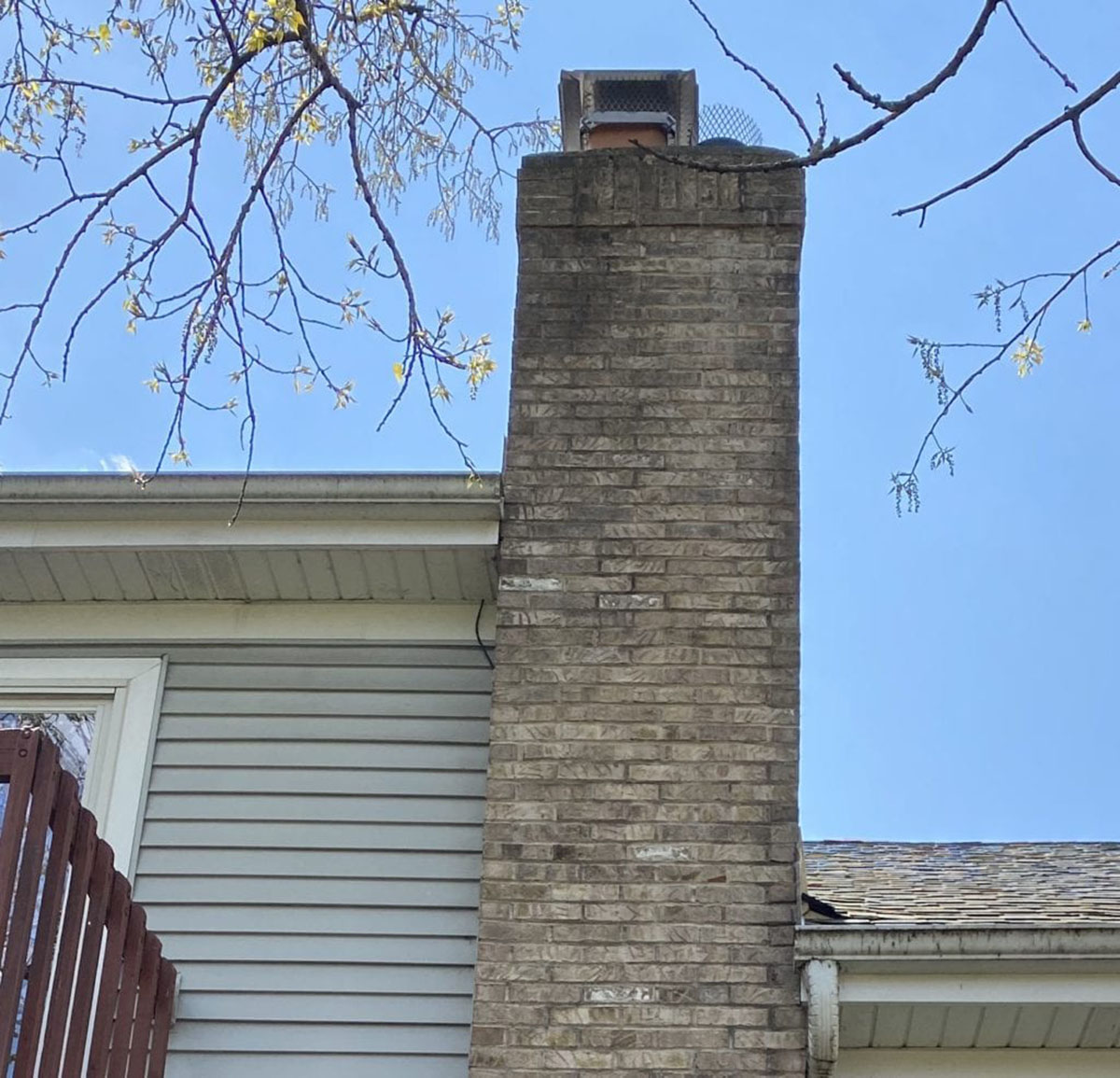
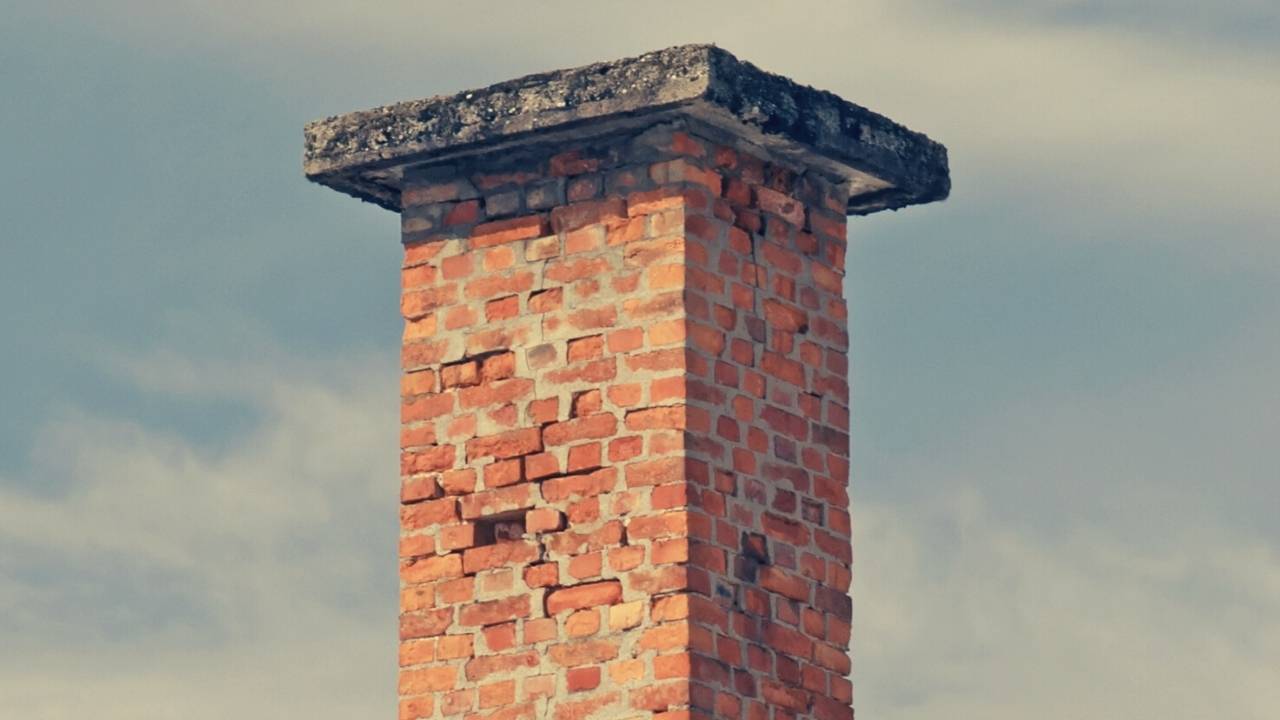
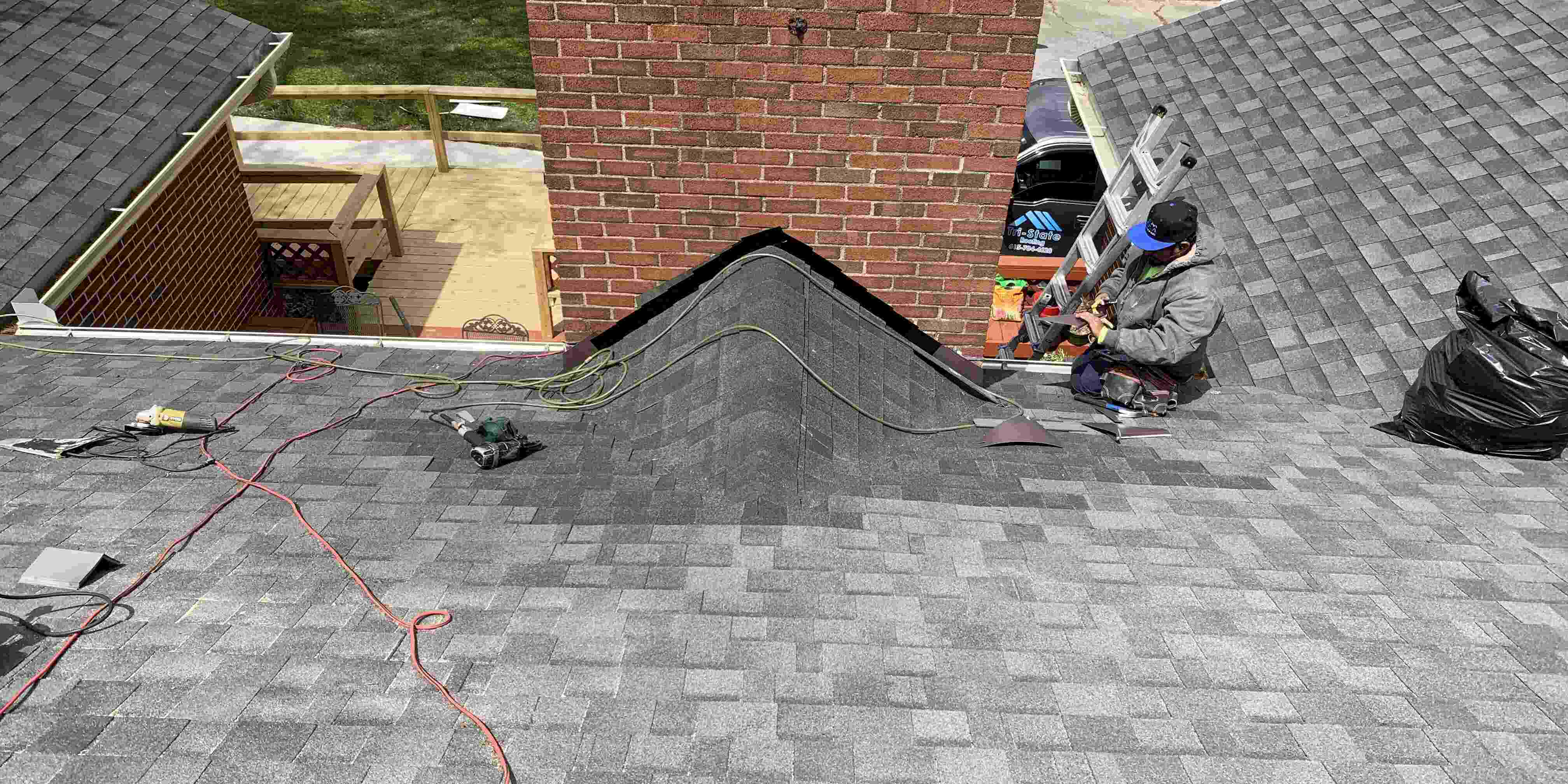
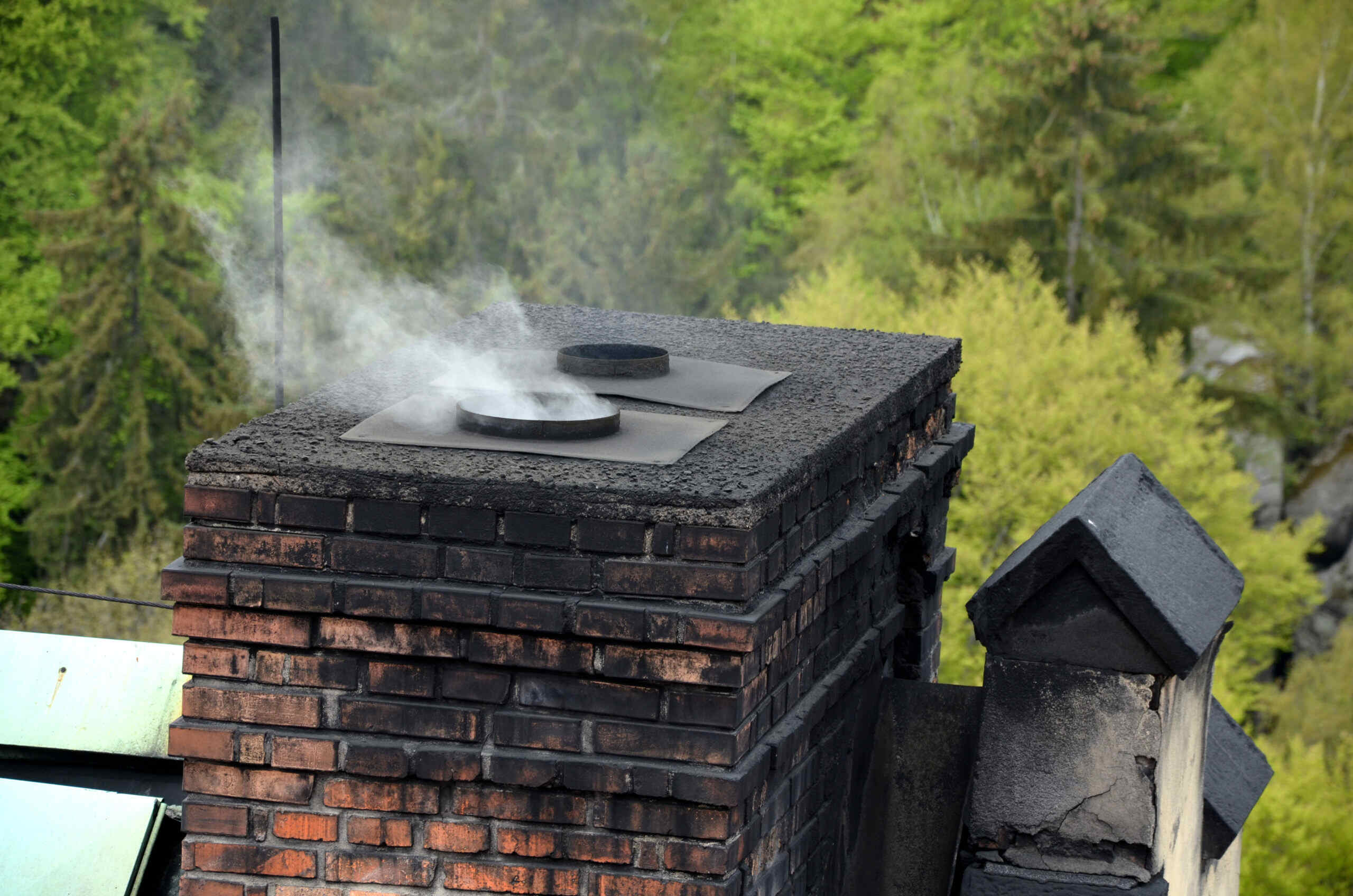
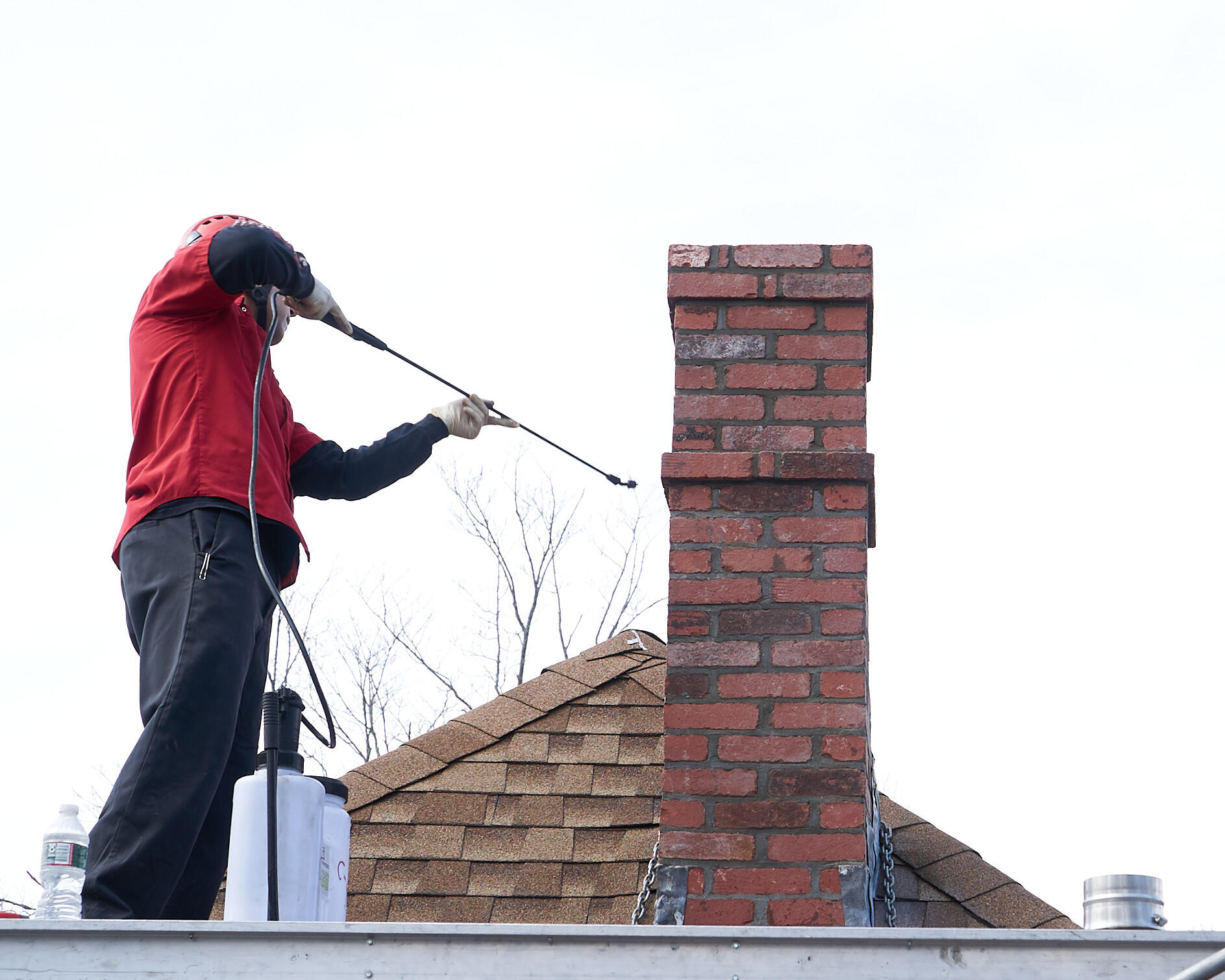
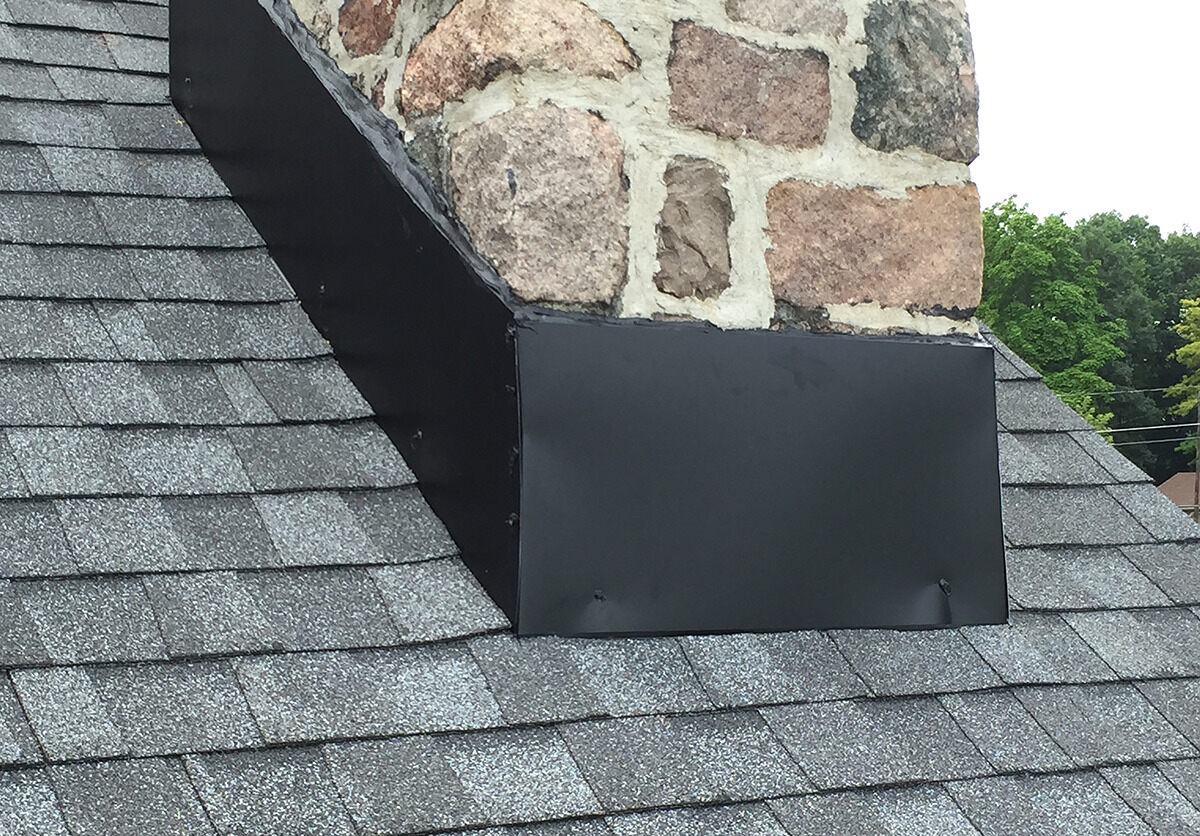
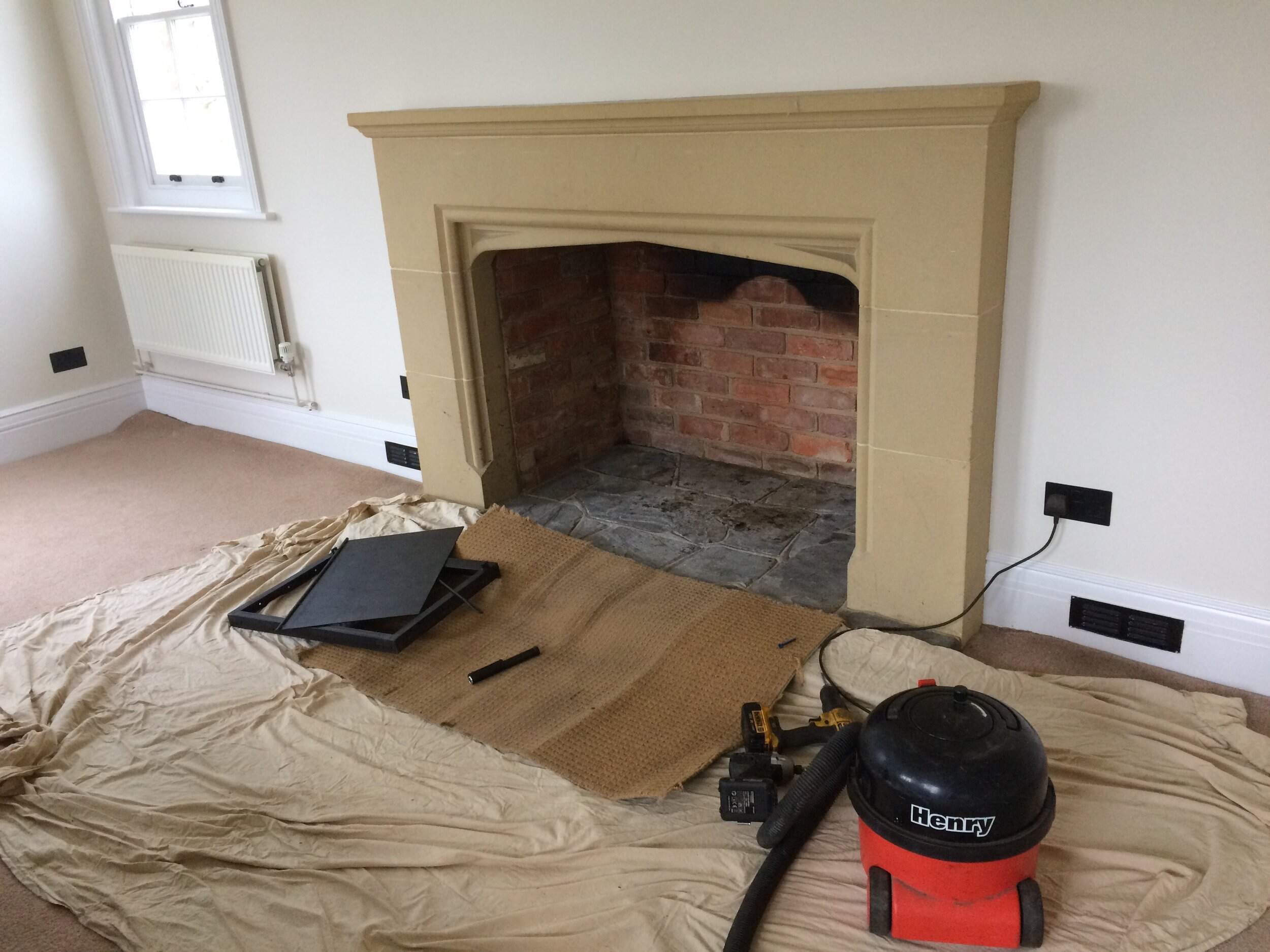
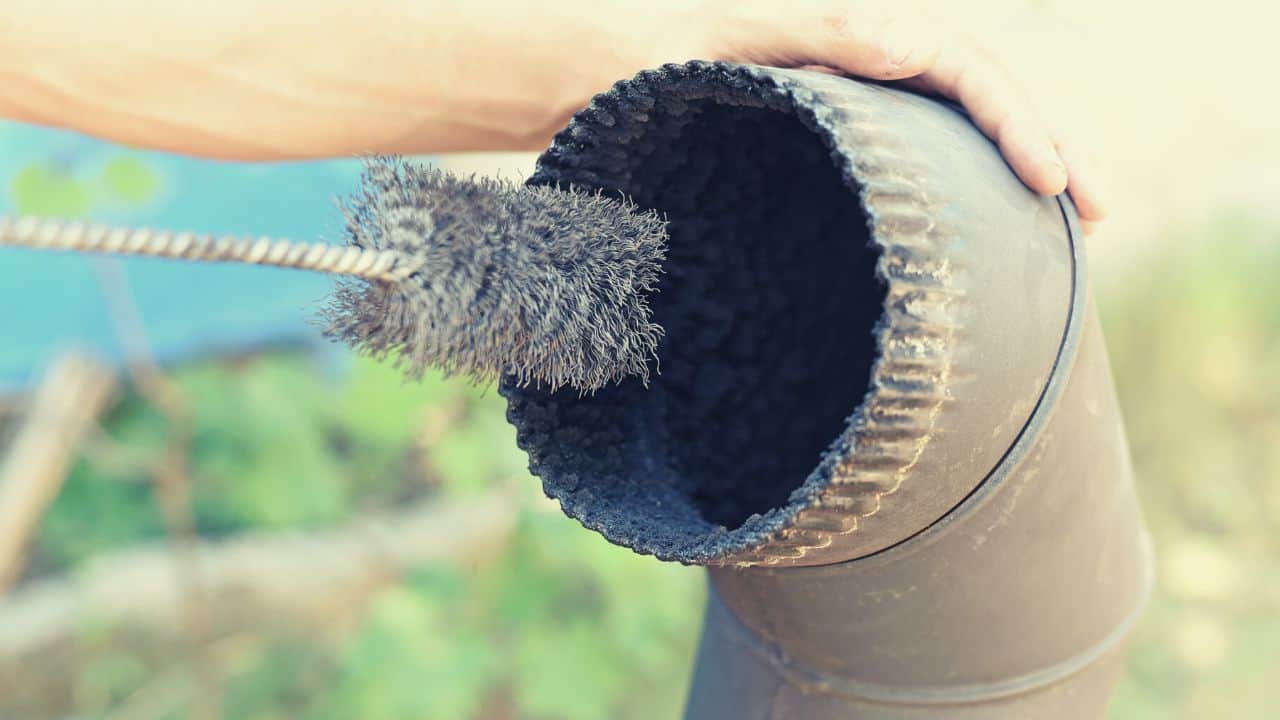
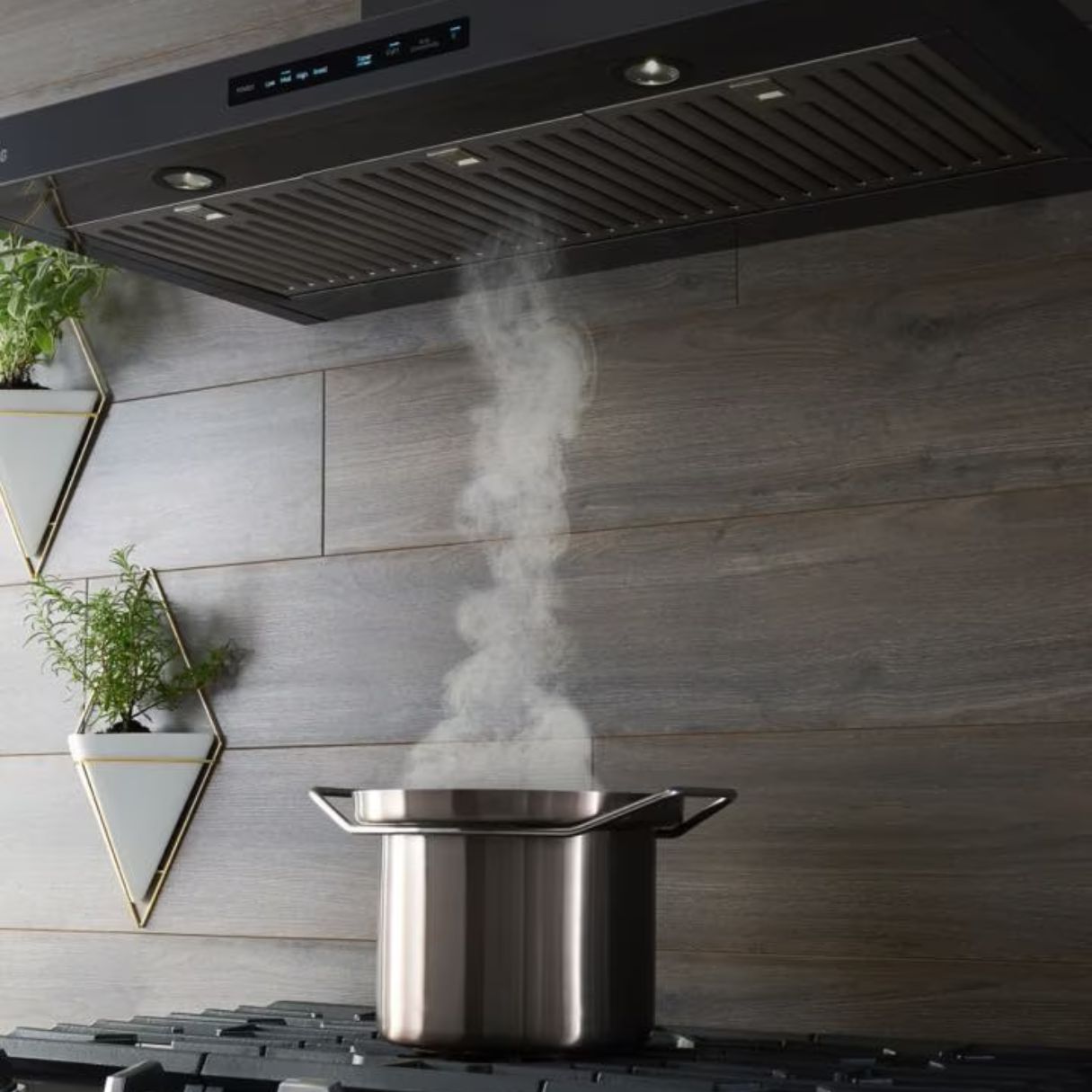
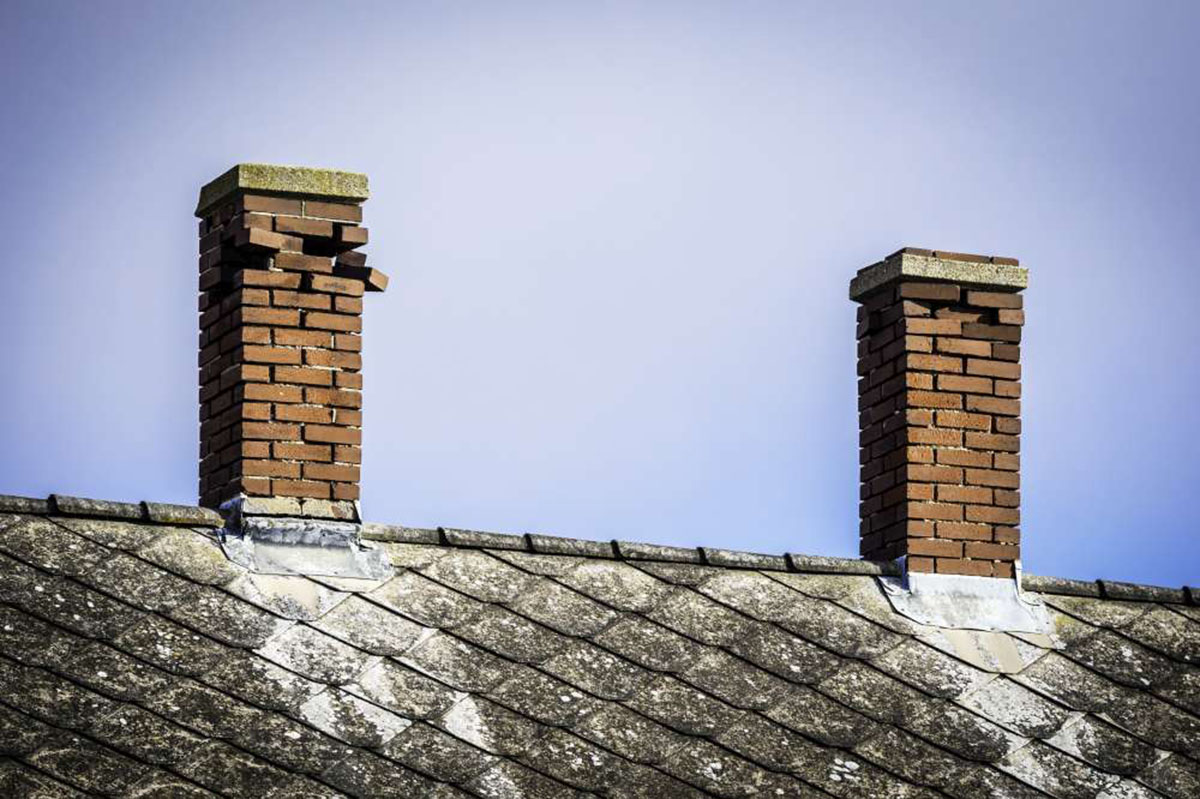
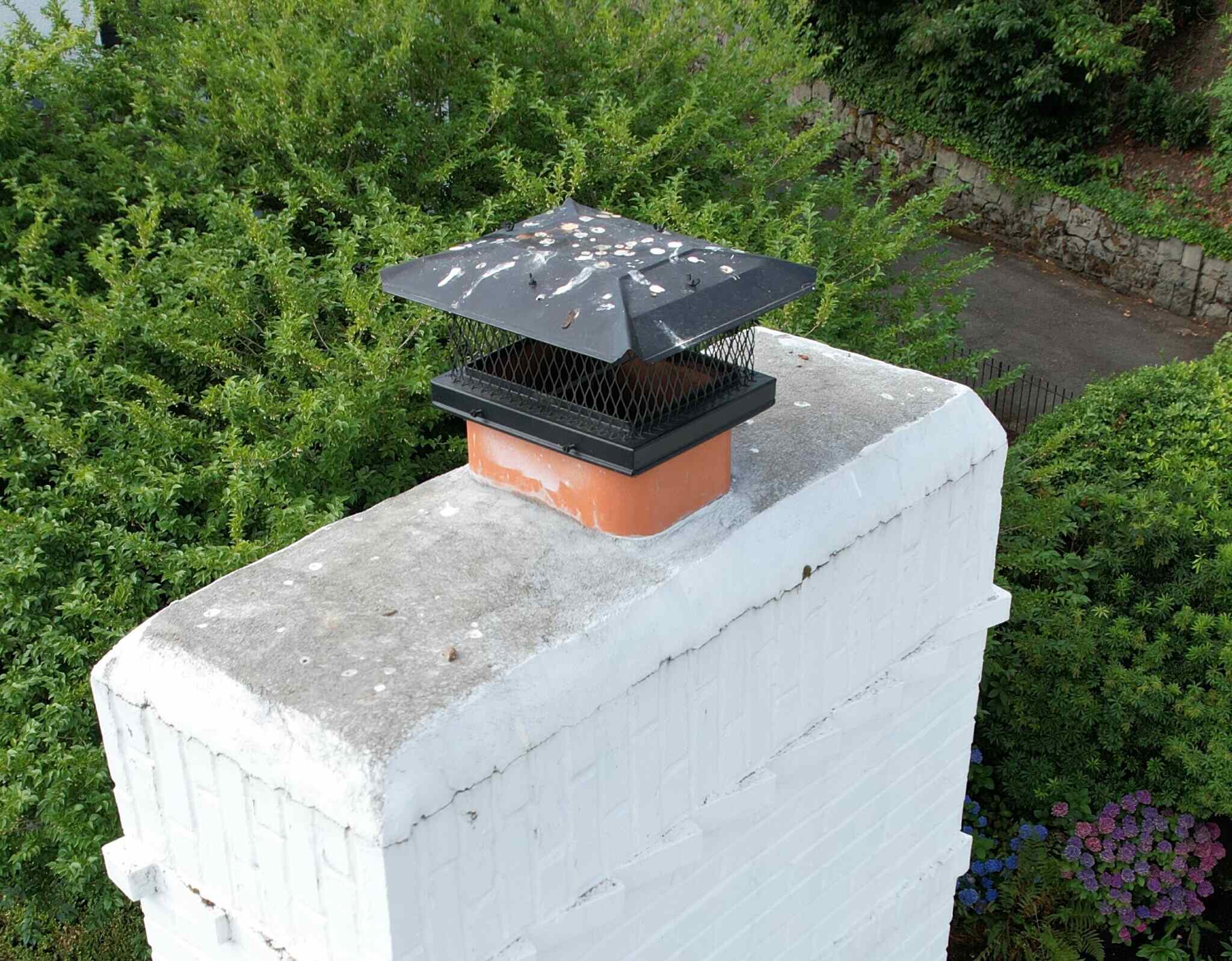

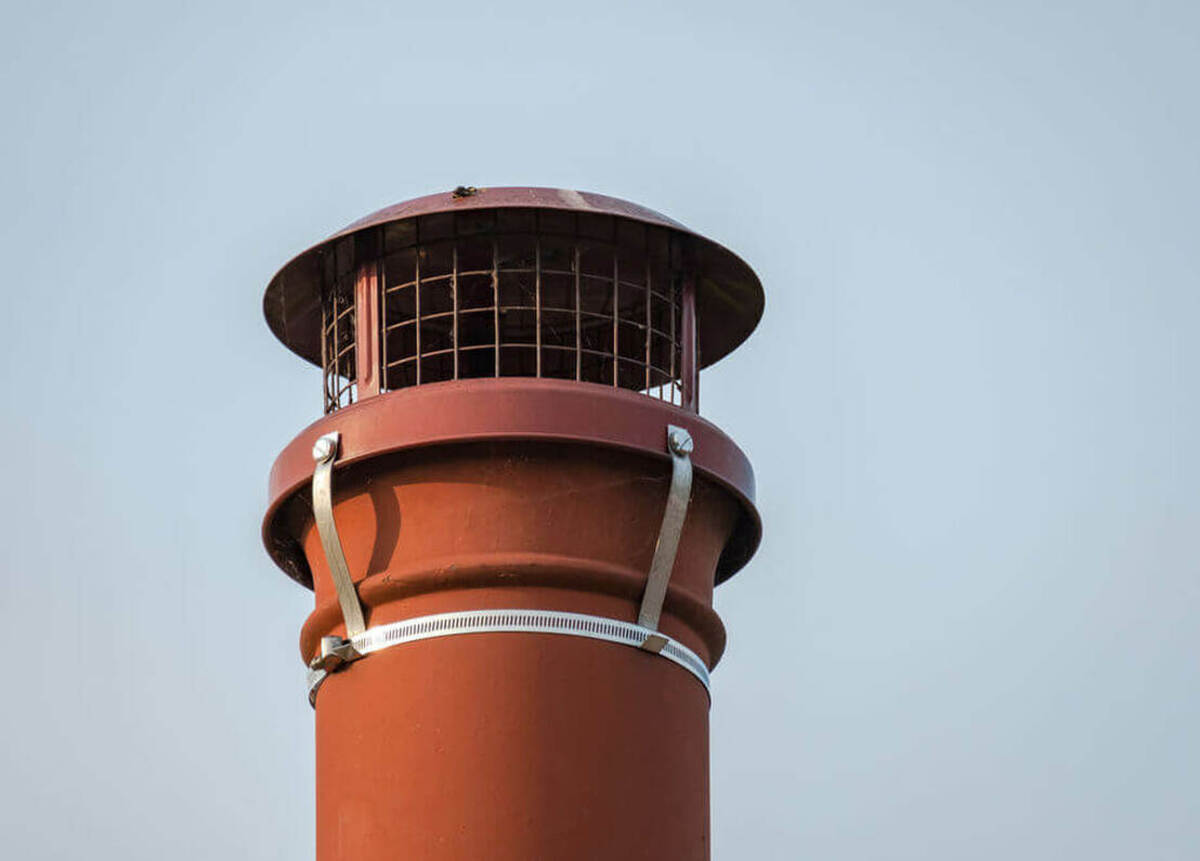
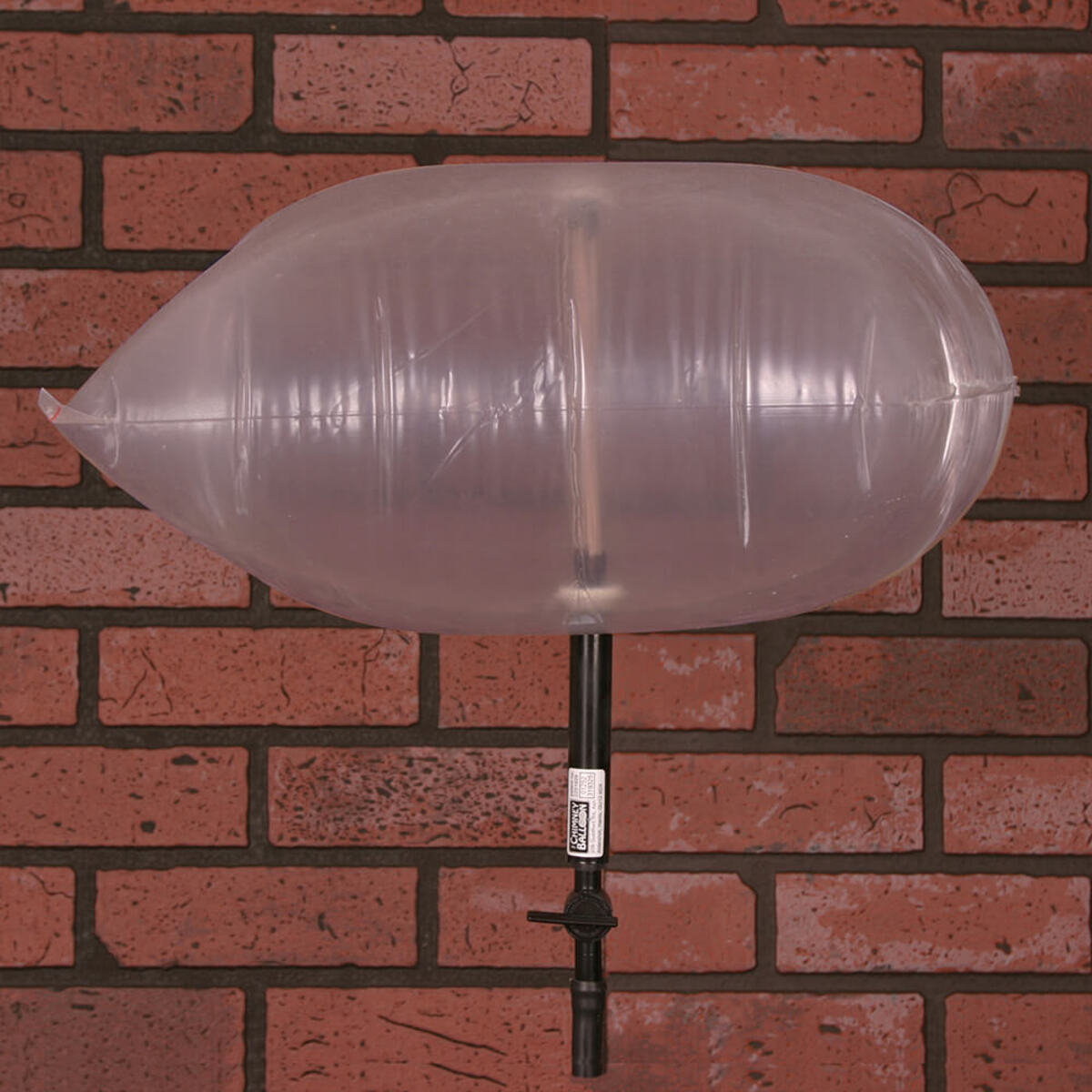

0 thoughts on “What Is A Chimney Hood”